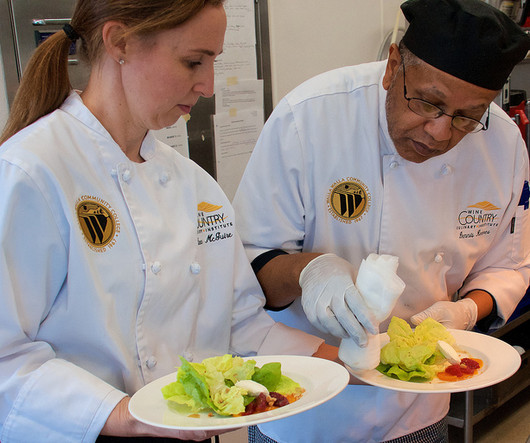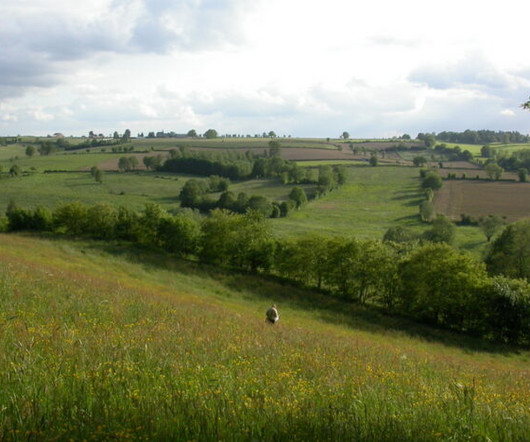Food Systems 101: How Community Colleges Are Helping Students Connect Farm to Fork
Modern Farmer
AUGUST 29, 2023
On the back 16 acres of Walla Walla Community College, 30 Red Angus cows stand munching on hairy vetch, ryegrass and other cover crops that were planted to help restore the soil. The next step is to get a greenhouse going in the fall and eventually scale up into a series of shipping containers.











Let's personalize your content